Out of onion powder? No problem! Here are the top 5 substitutes with exact ratios, flavor profiles, and usage tips for every recipe. Whether you're making soup, stir-fry, or baked goods, we've got the perfect replacement for you.
Why Onion Powder Matters in Cooking
Onion powder might not be as flashy as chili flakes or smoked paprika, but it's a kitchen workhorse. It adds a deep, savory sweetness that enhances everything from soups to burgers. When you don't have any handy, the difference can really show — which is why knowing a few good replacements is a must-have skill.
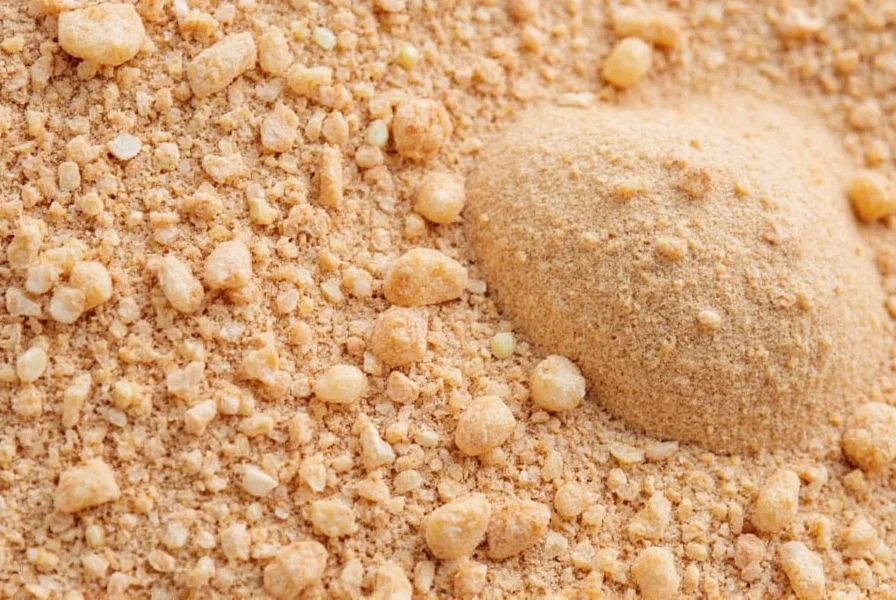
Top 5 Onion Powder Substitutes
| Substitute | Ratio (1 tsp onion powder = ) | Sweetness | Intensity | Best Used In | Notes |
|---|---|---|---|---|---|
| Garlic Powder | 0.75 tsp | Low | High | Heartier dishes like stews, roasted meats, or keto recipes | Use ¾ tsp to avoid overpowering; great for low-carb dishes |
| Fresh Minced Onion | 1 tbsp | Medium | Medium | Casseroles, sautés, baked goods, or soups | Adds moisture; reduce other liquids by 1-2 tsp |
| Shallot Powder | 1 tsp | Medium-High | Medium | Dressings, sauces, fine pastries, or keto meals | More subtle than regular onion powder; ideal for delicate dishes |
| Leek Powder | 1 tsp | Medium-Low | Low-Medium | Vegetable soups, white sauces, fish dishes, or low-carb recipes | Very gentle flavor; perfect for keto or sensitive palates |
| Chive Flakes | 1.5 tsp | Low | Low | Eggs, potato dishes, salads, or garnishes | Best for finishing; use extra for stronger flavor |
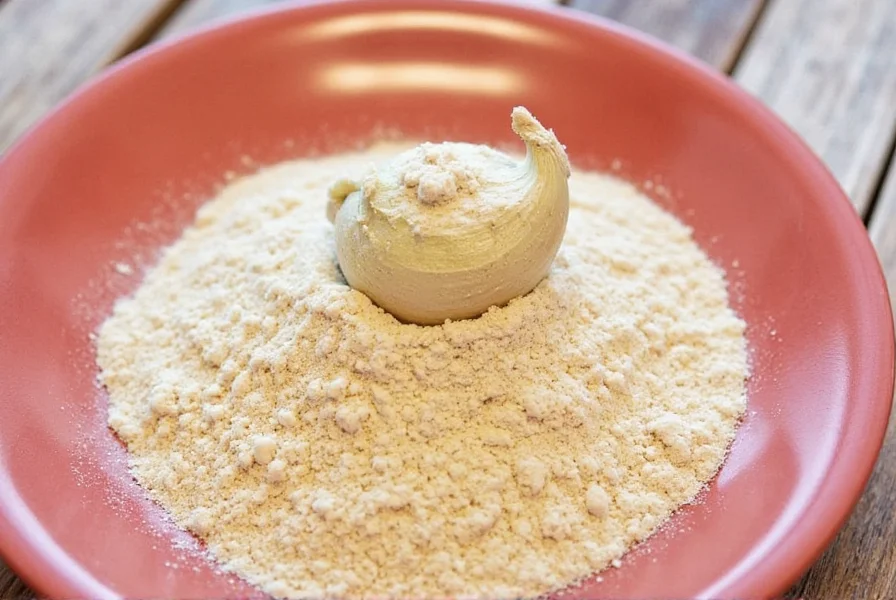
Buying Guide: What to Look For in an Alternative Spice
When choosing an onion powder alternative, keep these factors in mind:
- Purity: Check labels for no unwanted additives like anti-caking agents or artificial flavors. Opt for organic-certified options if preferred.
- Origin: Spices from quality regions (e.g., California garlic or French shallots) offer superior taste.
- Grind: Finer powders blend better in dry rubs and doughs; coarser ones work well for visible toppings.
- Keto-Friendly: For low-carb recipes, choose pure powders without fillers or added sugars.
Recommended Products
- McCormick Garlic Powder: Consistent flavor, fine grind, ideal for keto and heartier dishes.
- Dried Shallot Flakes by Simply Organic: Perfect for gourmet applications and keto sauces.
- Nature's Way Leek Powder: Mild and fragrant, excellent for seafood and low-carb soups.
- Anthony’s Chive Flakes: Colorful and aromatic, great for garnishing keto or low-carb dishes.
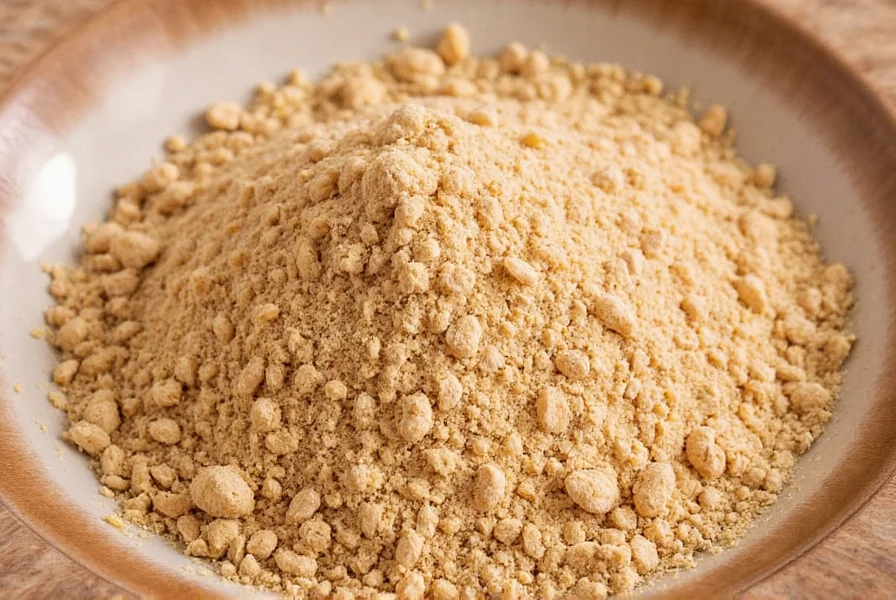
How to Use These Alternatives Like a Pro
Each substitute has its own character and purpose. Here are quick tips to get the most out of them:
- For Soups & Stews: Garlic powder or shallot powder hold up well in broths; use 1 tsp per cup of liquid.
- For Marinades: Fresh minced onion tenderizes meat naturally — reduce other liquids by 1-2 tsp.
- For Baked Goods: Use finely ground leek or chive flakes to avoid textural inconsistencies; 1.5 tsp chive flakes per tsp onion powder.
- For Dry Rubs: Garlic powder and shallot powder shine due to even distribution; use 0.75 tsp garlic powder per tsp onion powder for balance.
- For Keto Recipes: Shallot powder or leek powder are ideal — minimal carbs and no added sugars.
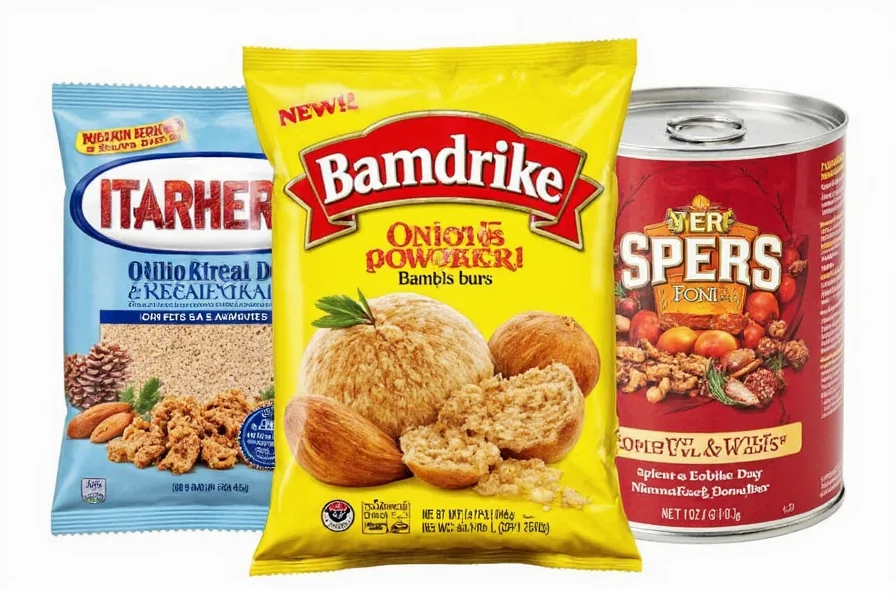
Frequently Asked Questions
How much fresh onion equals one teaspoon of onion powder?
Use 1 tablespoon of fresh minced onion for every 1 teaspoon of onion powder. Reduce other liquids in your recipe by 1-2 teaspoons to compensate for moisture.
Can I substitute garlic powder for onion powder in equal amounts?
Yes, but use ¾ teaspoon garlic powder per teaspoon of onion powder. Garlic powder has higher intensity and less sweetness, so adjust to taste in delicate dishes.
Which substitute works best for keto or low-carb recipes?
Shallot powder or leek powder are ideal. They provide complex flavor without added sugars and contain minimal carbs compared to fresh onions. Avoid pre-made blends that may include fillers.
How do I store onion powder substitutes to maximize freshness?
Keep all powdered substitutes in airtight containers away from light and heat. Ground spices retain potency for 6-12 months, while fresh alternatives like minced onion should be used within 3 days. Freeze chive flakes for up to 6 months.

Final Thoughts
While nothing can perfectly replicate the unique flavor of onion powder, several substitutes come close — depending on your recipe and personal taste. Whether you opt for garlic powder’s bold punch, shallot powder’s elegance, or the earthy charm of leek or chive, the key is to understand how each one affects your final dish.
Don’t be afraid to experiment! Try blending two substitutes together — maybe garlic and chives for a layered flavor, or shallot and leek for something more delicate. The spice world is full of possibilities, and your next kitchen experiment could lead to a new favorite flavor combo.
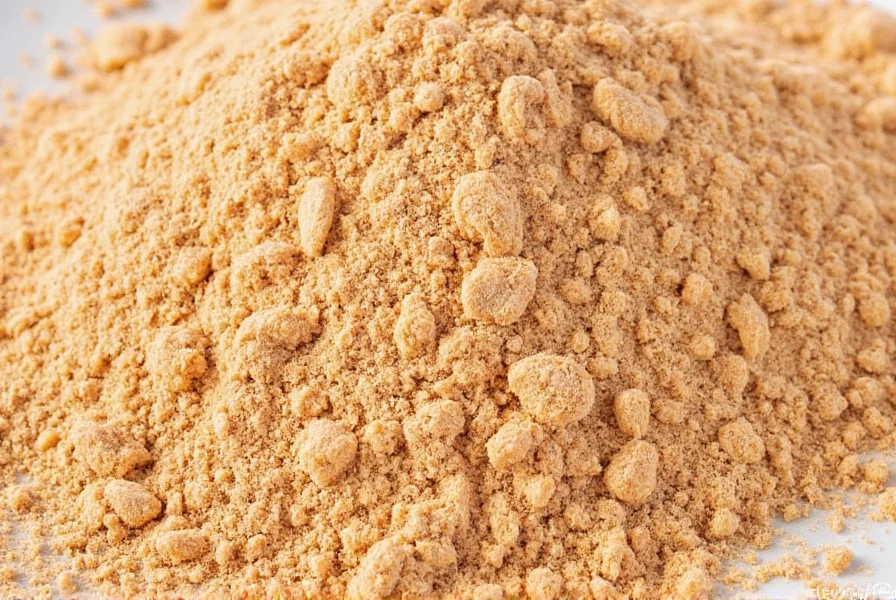











 浙公网安备
33010002000092号
浙公网安备
33010002000092号 浙B2-20120091-4
浙B2-20120091-4